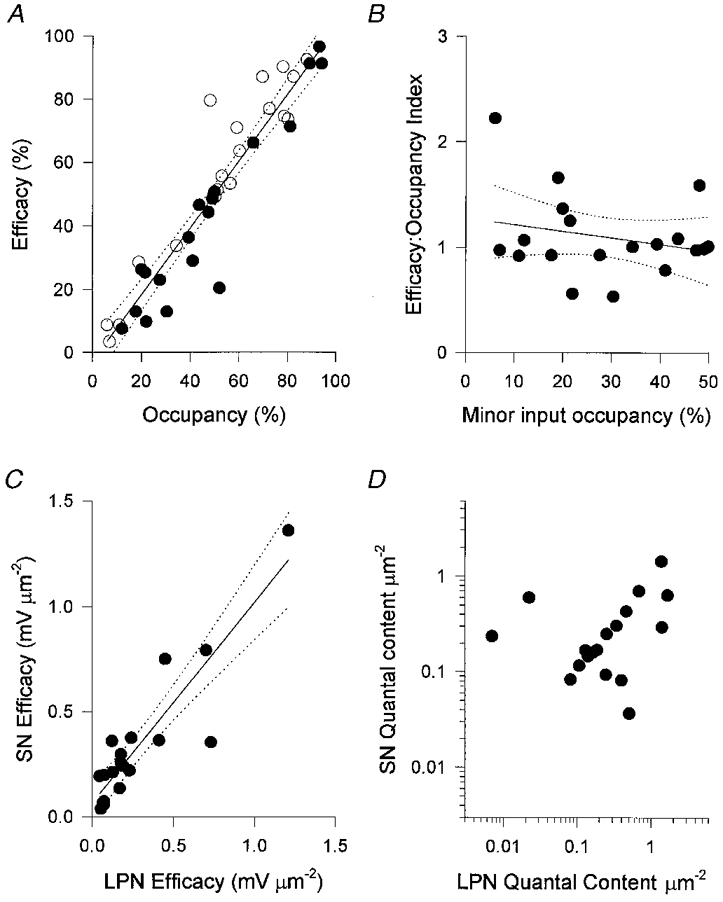Figure 2. Convergent inputs to stable π-junctions have equivalent synaptic strengths.

A, EPP amplitudes corrected for non-linear summation plotted against nerve terminal area for LPN (○) and SN (•). The two measures are expressed as a percentage of the arithmetic sum of the EPP amplitudes and terminal areas, respectively. The correlation coefficient was 0.94 and regression analysis (continuous line) and 95 % confidence limits (dotted lines) showed no significant deviation from linearity over the entire range of percentage occupancies. B, efficacy:occupancy (e:o) indices calculated for the minor inputs (less than 50 % occupancy). The lack of correlation, or consistent evidence that small inputs produce EPPs smaller than others for their size suggests that even those inputs with fractional occupancies of less than 20 % of the endplate are not disproportionately weak. C, the specific efficacies of converging inputs, calculated as the EPP amplitude per unit area - corrected for non-linear summation and normalised to a resting membrane potential of -80 mV - were highly correlated (r = 0.90). This correlation could not be attributed to passive electrical properties of the muscle fibres alone, because the quantal content per unit area of the converging inputs was also highly correlated (D; r = 0.62; P < 0.005).
